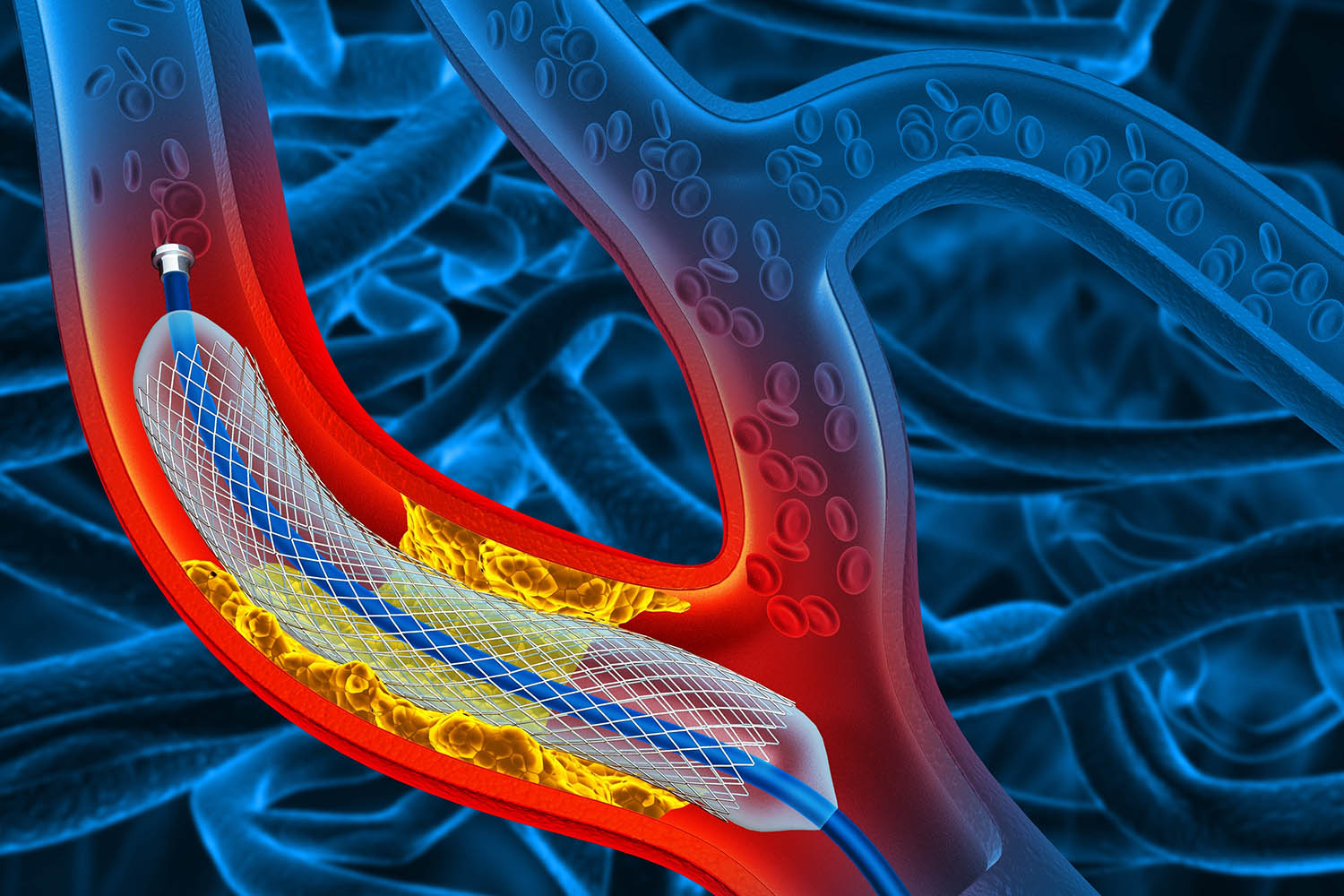Overview
In the realm of cardiovascular medicine, angiogram stands as a powerful diagnostic tool, offering clinicians invaluable insights into the structure and function of blood vessels. Through the use of advanced imaging techniques and catheter-based interventions, angiograms play a pivotal role in the evaluation and management of a wide array of cardiovascular conditions. In this blog, we embark on a journey to demystify angiogram, delving into its principles, procedures, applications, and significance in modern healthcare.

Understanding Angiogram:
An angiogram, also known as angiography, is a diagnostic procedure that involves visualizing the blood vessels using contrast media and imaging technology. By providing detailed images of blood flow within the cardiovascular system, angiograms enable healthcare providers to assess the patency, integrity, and pathology of arteries and veins throughout the body.
Principles of Angiogram:
The principles underlying angiography are grounded in the selective visualization of blood vessels through the administration of contrast agents, which enhance the contrast between blood vessels and surrounding tissues on imaging studies. Angiograms can be performed using various imaging modalities, including:
X-ray Angiography: This technique utilizes fluoroscopy and radiopaque contrast media to visualize blood vessels in real time, allowing for dynamic assessment of blood flow and vascular anatomy.
Magnetic Resonance Angiography (MRA): MRA employs magnetic resonance imaging (MRI) technology to generate high-resolution images of blood vessels without the need for ionizing radiation or contrast agents.
Computed Tomography Angiography (CTA): CTA combines computed tomography (CT) scanning with intravenous contrast administration to produce detailed three-dimensional images of blood vessels and surrounding structures.
Procedure and Applications:
The angiogram procedure typically involves the following steps:
- Preparation: Patients may be instructed to refrain from eating or drinking for a specified period before the procedure. In some cases, sedation or anesthesia may be administered to ensure patient comfort during the angiogram.
- Contrast Administration: Contrast media are injected into the bloodstream through a catheter placed in a peripheral artery or vein, allowing for visualization of blood flow within the targeted vascular territory.
- Imaging Acquisition: Depending on the imaging modality used, images of the blood vessels are acquired in real time or as static snapshots, capturing the desired anatomical and functional information.
- Interpretation and Analysis: Radiologists and cardiologists interpret the angiogram images to identify abnormalities such as stenosis (narrowing), occlusions (blockages), aneurysms, and vascular malformations.
Significance of Angiogram:
Angiograms play a crucial role in the diagnosis and management of various cardiovascular conditions, including:
- Coronary Artery Disease: Coronary angiography is the gold standard for assessing coronary artery patency and identifying blockages that may require intervention, such as percutaneous coronary intervention (PCI) or coronary artery bypass grafting (CABG).
- Peripheral Arterial Disease: Peripheral angiography is used to evaluate blood flow in the arteries of the extremities, aiding in the diagnosis and treatment of conditions such as peripheral artery disease (PAD) and critical limb ischemia.
- Cerebrovascular Disease: Cerebral angiography can visualize blood vessels in the brain and neck, facilitating the diagnosis and management of conditions such as stroke, aneurysms, and arteriovenous malformations (AVMs).
Angiogram stands as a cornerstone in the diagnostic armamentarium of cardiovascular medicine, offering unparalleled insights into the intricacies of blood vessel anatomy and function. Through its precise imaging techniques and catheter-based interventions, angiograms empower healthcare providers to diagnose, treat, and monitor a myriad of cardiovascular conditions with precision and efficacy. As research and technology continue to advance, the role of angiogram in shaping the landscape of cardiovascular care remains steadfast, guiding clinicians towards optimal patient outcomes and enhanced quality of life.


